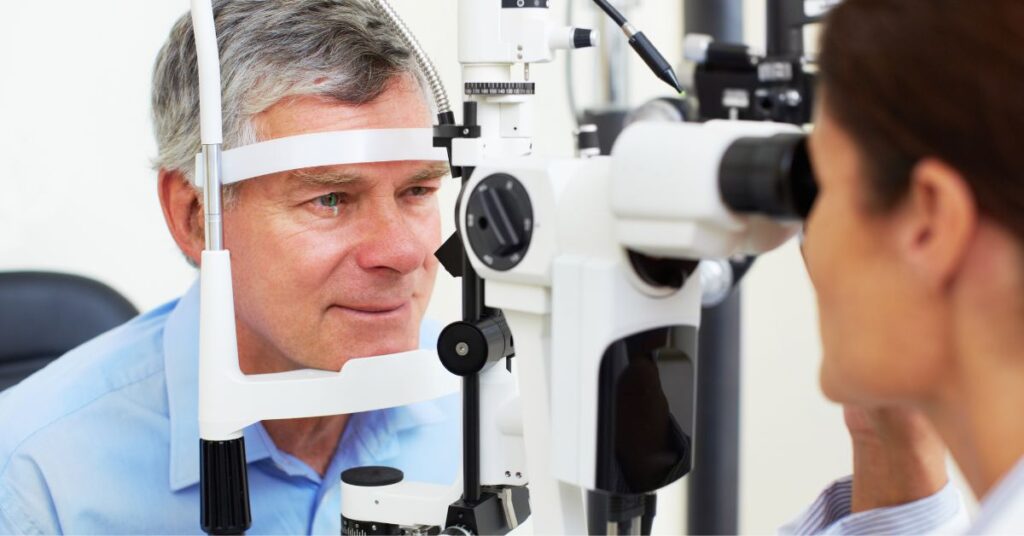BLOG & NEWS


BLOG & NEWS
Photobiomodulation for Retinal Rejuvenation
Written By: Dr. Diana Nguyen
Updated: January 17, 2024
Photobiomodulation for Retinal Rejuvenation
Written By: Dr. Diana Nguyen
Updated: January 17, 2024

In the ever-evolving landscape of medical treatments, one term that has been gaining attention in the realm of eye health is Photobiomodulation (PBM). This innovative therapy harnesses the power of light to stimulate cellular activity and promote healing. In this blog post, we will explore what PBM is, its potential benefits for eye health by rejuvenating the retina, and how it may be a promising avenue for those seeking non-invasive approaches to improve vision.
What is Photobiomodulation (PBM)?
PBM involves the use of low-level light therapy (LLLT) to stimulate cellular function and enhance the natural healing processes of the body. The application of specific wavelengths (colours) of light to targeted areas triggers a cascade of biological responses, leading to improved cellular function, reduced inflammation, and enhanced tissue repair.
How Does PBM Affect Eye Health?
Improved Cellular Function
- PBM has been shown to enhance mitochondrial function within cells. Mitochondria are the power supply of the cell so improving their function in the context of eye health can lead to improved energy production in retinal cells, potentially supporting overall visual function.
Reduced Inflammation
- Inflammation is a common factor in many eye conditions, including age-related macular degeneration and diabetic retinopathy. PBM has anti-inflammatory effects, helping to alleviate inflammation and potentially slowing the progression of certain eye diseases.
Enhanced Blood Flow and Protection Against Oxidative Stress
- The retina is susceptible to oxidative stress, which can contribute to the development of various eye conditions. PBM has antioxidative effects, helping to neutralize free radicals and protect retinal cells from oxidative damage.
- Adequate blood circulation is vital for eye health, as it ensures that the retina receives a sufficient supply of oxygen and nutrients. PBM may promote blood vessel dilation and increased blood flow, contributing to improved retinal health.
Applications of PBM in Eye Health

Age-Related Macular Degeneration (AMD)
- Photobiomodulation holds promise as a supportive therapy for individuals with AMD. By promoting cellular health and reducing inflammation, it may contribute to slowing the progression of the disease.
- Clinical trials in the US are showing promising clinical outcomes for patients undergoing PBM for dry macular degeneration. We are hopeful that these treatments maybe available in Canada in late 2024 or early 2025.
Diabetic Retinopathy
- Diabetic retinopathy is another condition where PBM may offer benefits. By improving blood flow and reducing inflammation, PBM has the potential to mitigate the impact of diabetes on the retina.
General Eye Fatigue and Strain
- PBM is not limited to treating specific eye conditions. It may also be used to alleviate eye fatigue and strain caused by prolonged screen time or other environmental factors
Conclusion
PBM represents an exciting frontier in the pursuit of non-invasive treatments for various eye conditions. While research in this field is ongoing, early findings suggest that PBM may offer valuable benefits in promoting cellular health, reducing inflammation, and supporting overall eye function.
If you are considering PBM as part of your eye care regimen, it is crucial to consult with your eye care professional to determine its suitability for your specific needs. As technology continues to advance, the potential for innovative therapies like PBM to positively impact eye health is indeed a beacon of hope for the future.


